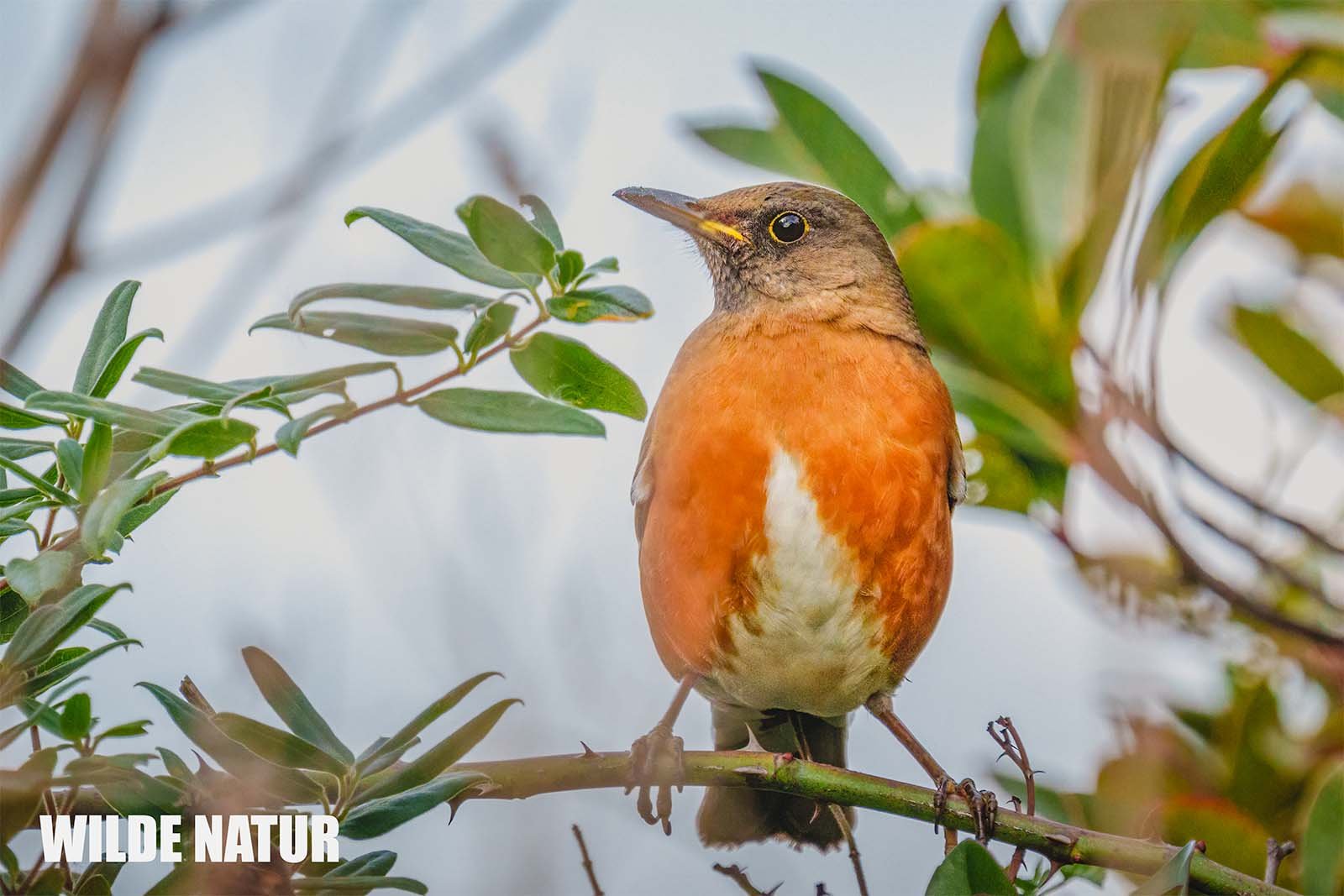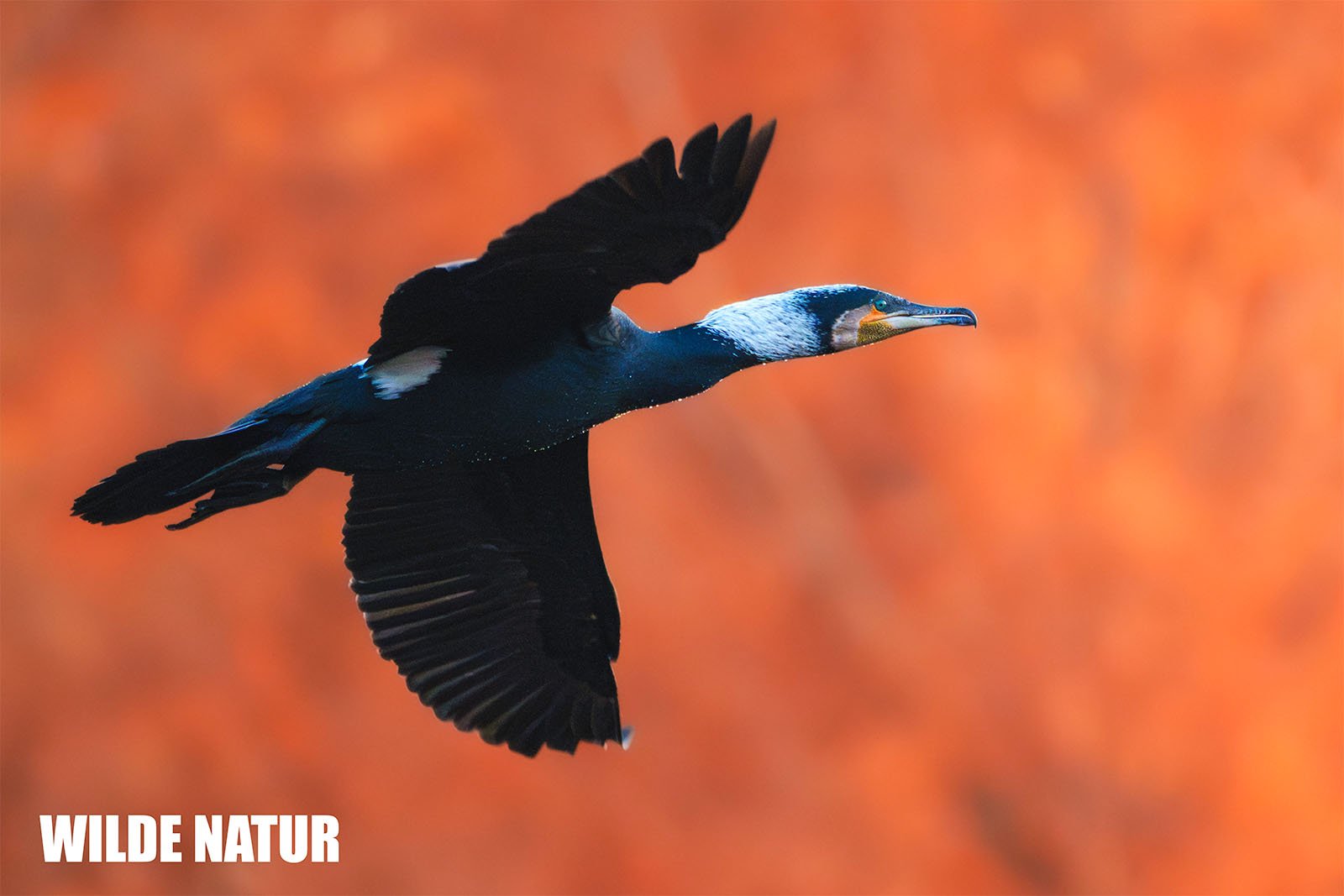Goshawk (Accipiter gentilis)
Eurasian goshawk Accipiter gentilis)
The Northern Goshawk – The Agile Hunter of the Forest
Learn about the Northern Goshawk (Accipiter gentilis): habitat, diet, appearance, and breeding. A powerful bird of prey in Europe's forests!
Table of Contents
- Key Facts: Northern Goshawk at a Glance
- Introduction: An Elegant Bird of Prey
- Appearance: A Blend of Elegance and Power
- Habitat: Forests and Open Landscapes
- Breeding: Raising Chicks in Treetops
- Diet: A Skilled and Versatile Hunter
- FAQ: Frequently Asked Questions About the Northern Goshawk
- Quick Facts – Color Features
Key Facts: Northern Goshawk at a Glance
- Size: 48–64 cm (19–25 inches, females larger than males)
- Weight: 700–1400 g (1.5–3 lbs, females heavier than males)
- Feathers: Grey-blue on the back, whitish with fine horizontal stripes underneath
- Beak: Strong, grey-black, hooked at the tip, with yellowish wax skin at the base
- Eyes: Large, yellow in young birds, orange to red in older ones
- Feet: Powerful, bright yellow with long black claws
- Habitat: Forests, mixed landscapes with trees, Europe, Asia, North America
- Breeding: 3–4 eggs, incubation time 35–38 days
- Diet: Birds (e.g., pigeons), mammals (e.g., rabbits, squirrels)
Introduction: An Elegant Bird of Prey
The Northern Goshawk (Accipiter gentilis) is one of the most impressive birds of prey in Europe. Known for its powerful body, sharp eyes, and agile flight, this predator is perfectly adapted to hunting in forests and open landscapes. Whether darting through the trees or scanning from a perch, the goshawk is a master of precision and stealth.
Appearance: A Blend of Elegance and Power
The Northern Goshawk has a striking appearance. Its back is grey to blue-grey, while the underside is whitish with fine dark horizontal stripes. These stripes create a wavy pattern that helps it blend into its natural surroundings.
Its large eyes change color with age: young birds have yellow eyes, while older individuals develop orange or even red eyes. The goshawk’s strong, hooked beak is grey-black, with yellowish wax skin at its base, highlighting its role as a skilled predator.
The bright yellow legs and long black claws are perfectly designed for grabbing and holding prey. These features, combined with its broad wings and long tail, make the goshawk both powerful and elegant.
Habitat: Forests and Open Landscapes
The Northern Goshawk prefers forests, especially mixed and coniferous woodlands with clearings that provide cover and hunting opportunities. However, it is also found in open landscapes with scattered trees or hedges.
Its range extends across Europe, Asia, and North America. In forests, it uses its agility to hunt prey among the trees. In more open areas, it perches on tall trees or rocks to watch for potential prey.
Breeding: Raising Chicks in Treetops
The breeding season begins in spring. The female builds a large nest out of sticks and branches in tall trees. These nests are often reused for several years.
Each clutch contains 3–4 eggs, which the female incubates for about 35–38 days. During this time, the male provides food for the female. After the chicks hatch, both parents feed them. The young leave the nest after about 40–45 days but remain dependent on their parents for several more weeks.
Diet: A Skilled and Versatile Hunter
The Northern Goshawk is a highly skilled hunter with a varied diet. It mainly preys on medium-sized to large birds like pigeons, crows, or pheasants, but it also hunts small mammals such as rabbits or squirrels.
Its broad wings and long tail make it extremely agile, allowing it to chase prey through dense trees with precision. In open areas, it uses its sharp eyesight to spot and capture prey with lightning speed.
FAQ: Frequently Asked Questions About the Northern Goshawk
1. How big is a Northern Goshawk?
It measures 48–64 cm (19–25 inches) in length, with females being larger than males.
2. What does the Northern Goshawk eat?
Its diet includes birds (e.g., pigeons) and small mammals (e.g., rabbits and squirrels).
3. Where does the Northern Goshawk live?
It lives in forests but can also be found in open areas with trees or hedges.
4. How do males and females differ?
Females are significantly larger and heavier than males.
5. When does the Northern Goshawk breed?
The breeding season starts in spring, with the female laying 3–4 eggs that hatch after 35–38 days.
Quick Facts – Color Features:
- Back: Grey to blue-grey
- Underside: Whitish with fine horizontal stripes
- Eyes: Yellow (young birds), orange to red (older birds)
- Beak: Grey-black with yellowish wax skin
- Feet: Bright yellow with black claws





















